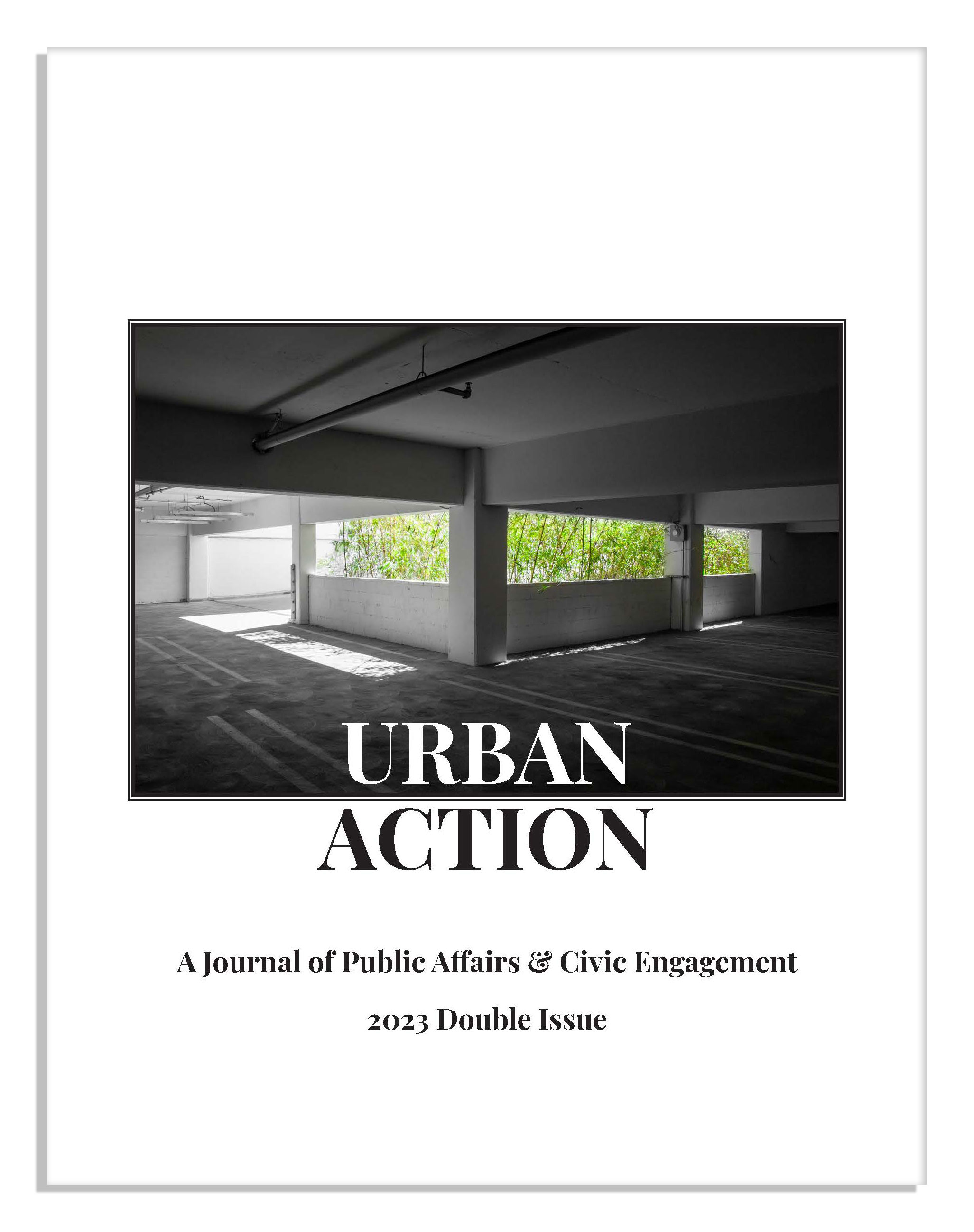Racist Roots of the Affordability Crisis and Eliminating Single-Family Zoning
DOI:
https://doi.org/10.46569/ua.v42i0.3718Palabras clave:
housing policy, single-family zoning, redlining, structural racismResumen
Residential segregation is tied to the affordability crisis, which has gained new prominence and urgency for policy makers since the 2008 recession. As policy makers search for answers to the crisis, some governments have set their eye on reforming single-family zoning. This type of zoning has encouraged suburban sprawl and set aside vast swaths of land that only allow detached single-family homes on large lots, and effectively outlaw mid-density housing known as the “missing middle.” It is now being recognized as a barrier to affordable development, but its roots and its legacy are in racial discrimination and residential segregation. Minneapolis was the first major city in the U.S. to dismantle single-family zoning, followed by Oregon, and then California. This policy innovation is still in its infancy and too early to judge, but it offers a promising practice for other governments hoping to reduce segregation and improve affordability



